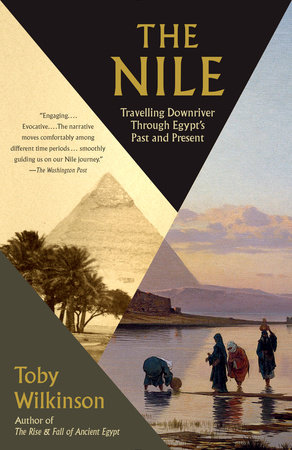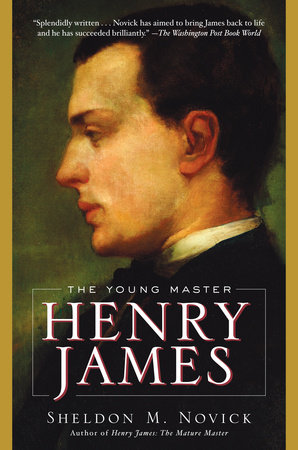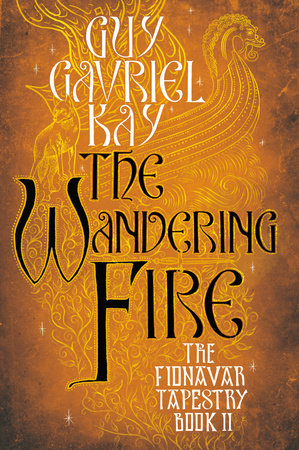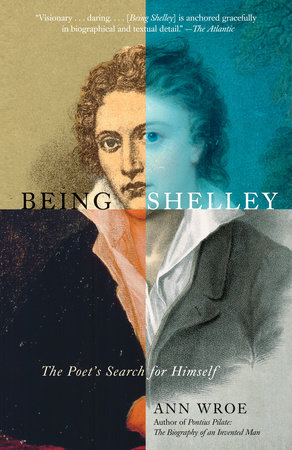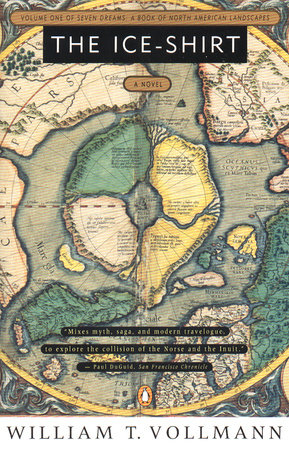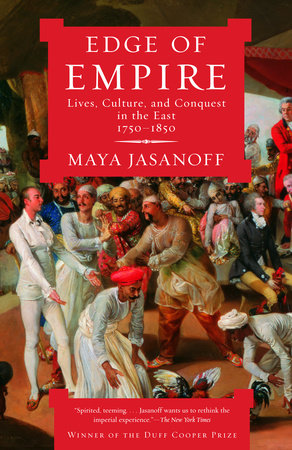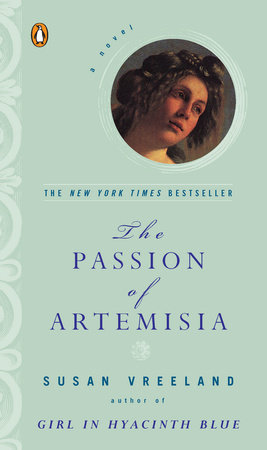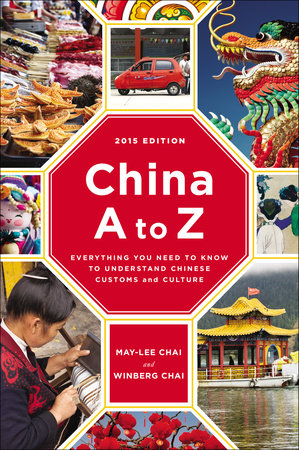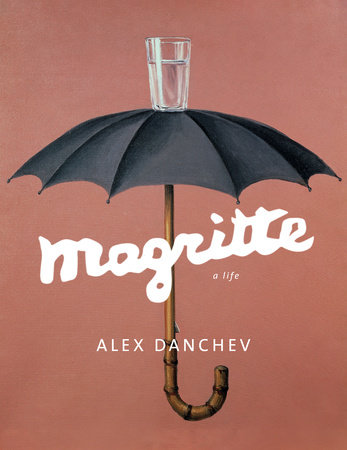A conversation with Toby Wilkinson
author of THE NILE: A Journey Downriver Through Egypt’s Past and Present
Q: You have written extensively about Egypt. What inspired you to devote your latest book to the Nile specifically?
A: The idea for the book originated during a trip down the Nile in September 2010. It was a ferociously hot day (113 degrees in the shade) and I was sitting under an awning on the top deck of a dahabiya, moored on the west bank of the Nile opposite the city of Aswan. As the afternoon wore on and the shadows began to lengthen, boys from the local village came down to play at the water’s edge, accompanied by their donkeys and a young camel, and surrounded by buffalo and wading birds. It was a scene unchanged for thousands of years. Yet, just a few hundred yards away, on the other side of the Nile, the picture could not have been more different: the urban sprawl and traffic congestion, the overpopulation and incessant din of 21st century Egypt. The juxtaposition of ancient and modern, separated yet unified by the River Nile, was striking – and at the same time, I realised, quintessentially Egyptian. It was a theme I decided merited further exploration, as a way of understanding Egypt and her people.
Q: How did you go about your research? What did you discover that most surprised you?
A: The book draws upon numerous study visits I have made to Egypt over the past 27 years, and in particular two trips down the Nile in 2010 and 2012, either side of the Arab Spring. To supplement these first-hand experiences, I conducted extensive historical research in the Cambridge University Library.
My most surprising discovery was the extraordinary story of Lucie Duff Gordon, the upper class Englishwoman who, in the middle of the 19th century, lived for several years in a flimsy hut on the roof of Luxor Temple. Her commitment to the welfare of ordinary Egyptians in the face of oppression by their rulers remains a powerful example today.
Q: What are the most important sights to see when traveling along the Nile? What are the gems which are often overlooked?
A: No trip down the Nile would be complete without visits to the major sights (and sites) of ancient Thebes—the area of modern Luxor. The temples of Luxor and Karnak, and the tombs and temples on the opposite bank of the Nile, are masterworks of ancient art and architecture. Also not to be missed are the great, late temples in the southern Nile Valley: Edfu, Kom Ombo and Philae.
Alongside these famous sights, less-visited gems include the temple of Seti I at Abydos, with its beautiful painted decoration, still in pristine condition after 3000 years; the strange and remote temple of Hathor at Dendera, source of the famous zodiac ceiling; the pharaonic sandstone quarries at Gebel el-Silsila, with the masons’ chisel-marks still as fresh as the day they were made; and the rock-cut tombs of regional governors at Beni Hasan with their spectacular views over the Nile below.
Q: How did the annual flood shape everyday life in Egypt, as well as widely held religious beliefs?
A: Until the construction of the Aswan High Dam in the 1960s, the annual Nile flood brought water and fertility to the fields of Egypt, creating the country’s legendary prosperity and enabling the development of a sophisticated civilisation. But the flood was capricious: if too low or too high, it could result in famine instead of feast. This precariousness of existence, and the contrast between the verdant Nile Valley and the barren desert either side, shaped the Egyptians’ world view. They came to see the universe as an unending struggle between opposing forces of order and chaos—to be held in balance by a powerful ruler. To a large extent, this fundamental belief remains strong in Egypt to this day.
Q: How was “controlling” the Nile linked to prosperity and survival for ancient Egyptians?
A: In ancient times, the Nile burst its banks each year, flooding the fields for several weeks. This was a mixed blessing: a ‘good’ inundation brought water to the crops and renewed fertility to the soil, turning Egypt into a picture of abundance; but a ‘bad’ inundation, either too low or too high, led to crop failure and disaster. The balance between feast and famine was a delicate one, and the Egyptians knew that their fate depended upon their ability to harness the life-giving power of the Nile.
Q: The first Aswan Dam, completed in 1902, “marked Egypt’s emergence into the modern world.” How was it formative in terms of international relations and exports? How did it begin to slowly kill Egypt?
A: The first Aswan Dam greatly enhanced Egypt’s agricultural productivity. Perennial irrigation enabled two or three crops to be raised each year and transformed Egypt into one of the world’s greatest cotton producers. It also marked the beginning of a period of intense European involvement in Egypt’s internal affairs which ultimately led to the Suez Crisis of 1956. The first Aswan Dam led inexorably to the building of the Aswan High Dam in the 1960s, the effects of which have been much more mixed: increasing salinity of the soil, greater reliance on chemical fertilisers, and the continued scourge of bilharzia (a parasitic disease, also known as schistosomiasis) among rural populations.
Q: On April 15, 1831, the “Luxor” set sail from Toulon, bound for the Nile. What happened next, and what were the political and architectural outcomes of this voyage?
A: The “Luxor” transported one of the obelisks from Luxor Temple to Paris, to beautify and glorify the French capital. On its public unveiling, the obelisk drew huge crowds and it remains to this day one of the landmarks of Paris, standing majestically at the centre of the Place de la Concorde. The episode cemented the potent political symbolism of ancient Egyptian architecture in Western culture (compare the obelisk shape of the Washington Monument); and it forever robbed Luxor Temple of its symmetry—today just one obelisk stands before the entrance.
During the nineteenth century, two more Ancient Egyptian obelisks were re-erected in London and New York City (“Cleopatra’s Needle” in Central Park).
Q: How did David Roberts and Lady Duff Gordon they shape the worldwide perception of Egypt?
A: David Roberts was a noted 19th-century Scottish watercolorist. His evocative paintings of the Nile Valley and its ancient monuments won immediate public acclaim and launched Egypt as a tourist destination.
Lucie, Lady Duff Gordon, was a remarkable 19th-century society hostess. Seeking respite from tuberculosis, she travelled to Egypt and lived there for the next seven years, much of it in a hovel on the roof of Luxor Temple. Her letters documented an Egypt just emerging into the modern world, and laid bare the sufferings of its people.
Q: You write that no one did more to put western Thebes on the map than Englishman Howard Carter. Even though he discovered the Tomb of Tutankhamen, he “was shunned by the Egyptological establishment.” Why was this?
A: Howard Carter was notoriously irascible and prone to hot-tempered outbursts. Although he was a brilliant archaeologist, his manner did not endear him to colleagues. In any academic discipline, there are professional jealousies and rivalries; Carter’s headline-grabbing success, together with his character, led to his being shunned by fellow Egyptologists.
Q: You write of the distinctive areas and cultures which have formed around the Nile. Is there a region which you believe is largely still unexplored?
A: Egyptian Nubia (the Nile Valley between the First and Second Nile Cataracts) is now submerged under the waters of Lake Nasser, so its secrets will remain forever hidden. The pre-Classical archaeology of coastal Libya is still largely unknown. And there is much more to learn about the Western Desert, which despite being inhospitable today has been explored and exploited by the Egyptians from prehistoric times.
Q: In the postscript, you write, “the country is more divided than at any time in its recent history. Its immediate future looks bleak, its ultimate destiny deeply uncertain.” How does your book help us to understand current events in Egypt?
A: As the world’s first nation-state, Egypt has a recorded history longer than any other nation on earth. Its present is shaped by its collective memory, as well as by the physical landscape of the Nile Valley. Only by understanding Egypt’s turbulent and colourful past can we appreciate the many undercurrents of today’s complex political situation – the strong bond between the army and the people, the inherent mistrust of foreign powers, the desire for stability even at the expense of democracy. And only by appreciating the central role of the Nile in shaping the Egyptians’ world-view can we understand how they think today and face the future.
Q: What’s next for you?
A: An anthology of ancient Egyptian writings, newly translated to bring them alive to modern readers. My aim is to showcase the extraordinary literary accomplishments of a civilisation best known for its art and architecture.
FOR BOOKING INFORMATION:
Erica Hinsley / ehinsley@randomhouse.com / 212-572-2018
